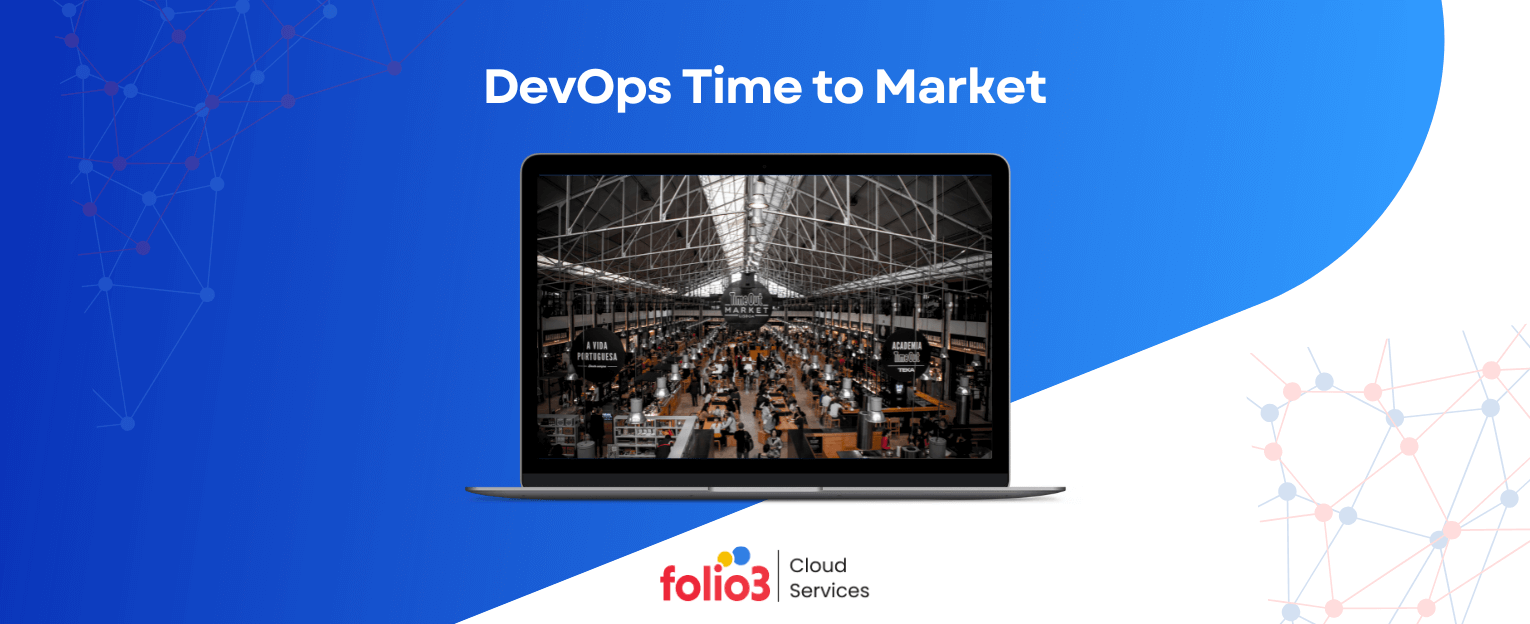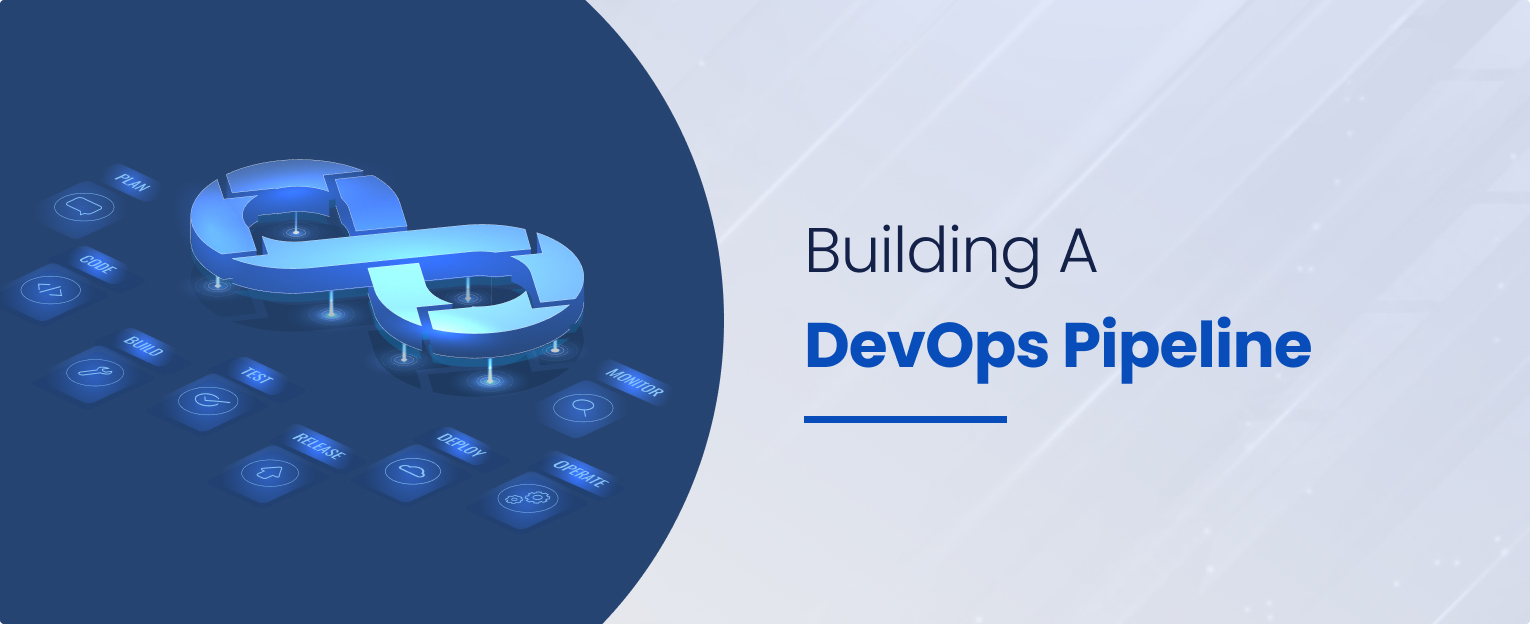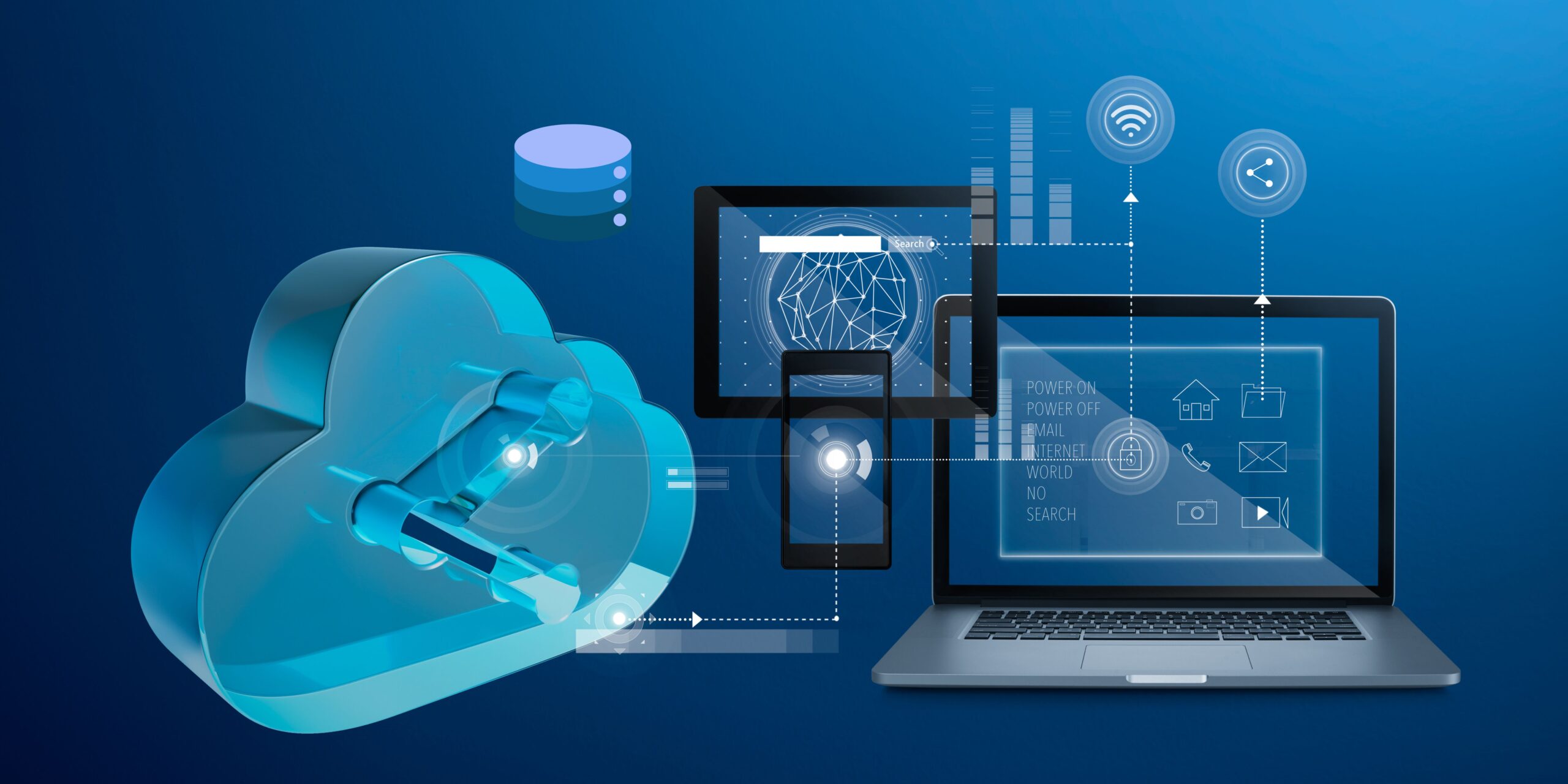The IT landscape has undergone a dramatic shift with the advent of DevOps. Gone are the days of siloed development and operations teams.
Today, collaboration and automation reign supreme, driven by the transformative power of the DevOps approach. While many organizations have embraced DevOps to some extent, the journey continues beyond simply implementing a few tools.
The DevOps Maturity Model provides a structured roadmap for organizations to continuously improve their DevOps practices, unlocking a world of benefits in software delivery.
Understanding DevOps Maturity
DevOps maturity isn’t just a fancy term – it’s a roadmap to high-performing software delivery. But unlike a traditional map, it’s not a fixed destination. It’s a continuous improvement journey built on four key pillars:
1. Culture and Strategy
Imagine your DevOps journey as a voyage. A strong DevOps culture is your compass, aligning all teams towards a shared objective.
This means shifting your organization’s mindset, creating policies that support agile development, and crafting a winning strategy to execute it.
2. Automation
Think of automation as the engine that propels your DevOps ship forward.
Automating repetitive tasks in development, testing, and deployment frees up resources and accelerates the entire software delivery lifecycle. Continuous integration and continuous delivery (CI/CD) tools are your trusty companions.
3. Structure and Process
Every successful voyage needs a well-defined course. In the DevOps world, this translates to structured processes that govern each stage of the software development lifecycle (SDLC).
Think of containerization as your modern-day map, aligning every step with corporate goals and business objectives.
4. Collaboration and Sharing
No sailor navigates alone. Collaboration and knowledge sharing are the lifeblood of DevOps maturity. Whether your teams are across the hall or the globe, they need seamless collaboration tools and shared resources to achieve common goals.
What Makes a DevOps Maturity Model?
The DevOps Maturity Model isn’t a rigid test or a finish line. It’s a dynamic framework that helps organizations assess their current DevOps practices and identify areas for growth. It’s a compass guiding them toward a high-performing DevOps culture.
Here’s what makes a DevOps Maturity Model so valuable:
1. Structured Assessment
The model provides a structured approach to evaluating your DevOps capabilities. It typically outlines different stages, each representing a level of maturity in key areas like culture, automation, collaboration, and process.
2. Continuous Improvement
The model’s beauty lies in its focus on continuous improvement. It’s not about achieving a perfect score but constantly striving to improve.
The model helps you identify areas where you can automate tasks, improve collaboration between teams, or refine your development processes.
3. Tailored Approach
There’s no one-size-fits-all approach to DevOps. Different organizations have different needs and goals.
The DevOps Maturity Model allows you to tailor your DevOps journey to your specific context. You can choose areas to focus on based on your priorities and resources.
4. Measurable Progress
The model often incorporates metrics and key performance indicators (KPIs) to help you measure your progress over time.
This allows you to track the impact of your DevOps initiatives and see if they’re actually driving positive outcomes, such as faster deployments, fewer errors, and increased developer productivity.
5. Benchmarking
Some models allow you to benchmark your organization against industry standards or similar companies.
This can provide valuable insights into how you compare to your competitors and identify areas where you might be lagging behind.
Benefits of the DevOps Maturity Model for Business
The DevOps Maturity Model isn’t just about evaluating your DevOps practices; it’s about unlocking a treasure trove of business benefits.
You can gain a significant competitive edge by embracing this model and continuously improving your DevOps capabilities. Here’s how:
1. Faster Adaptability to Change
In today’s dynamic business landscape, agility is key. The DevOps Maturity Model helps you streamline your software delivery process and adapt to changing market demands and customer needs much faster.
With automation and continuous integration/delivery (CI/CD), you can quickly release new features, fix bugs, and respond to emerging trends, keeping your business ahead of the curve.
2. Ability to Tap Opportunities
The quicker you can turn ideas into reality, the more opportunities you can seize. The DevOps Maturity Model empowers you to do just that.
You can capitalize on market openings before your competitors by shortening development cycles and accelerating deployments.
3. Identifying Areas of Fulfillment
The model doesn’t just focus on speed; it also emphasizes continuous feedback and improvement. By regularly assessing your DevOps practices, you can identify areas where manual tasks or inefficiencies bog down your teams.
This allows you to streamline workflows, automate repetitive processes, and free your teams to focus on higher-value activities. Ultimately, this leads to a more engaged and fulfilled workforce.
4. Improved Scalability
As your business grows, your software delivery needs will evolve. The DevOps Maturity Model equips you to handle this growth with ease.
You can create a scalable and flexible software delivery pipeline by focusing on automation, infrastructure as code (IaC), and containerization.
5. Operational Efficiency
The model is a champion of efficiency.
You can significantly reduce operational overhead by automating repetitive tasks, streamlining workflows, and promoting collaboration.
This translates to cost savings, increased resource utilization, and a leaner, more efficient software delivery process.
6. Increased Delivery Speeds
One of the most tangible benefits of the DevOps Maturity Model is faster delivery speeds.
By automating manual tasks, integrating development and operations, and adopting CI/CD practices, you can dramatically reduce the time it takes to market new features and applications.
7. Enhanced Quality
The model doesn’t prioritize speed over quality. In fact, by promoting continuous integration and monitoring, the model helps you identify and fix bugs much earlier in the development lifecycle.
This leads to higher-quality software with fewer defects, resulting in a more positive user experience and reduced maintenance costs.
What are the Key Components of a DevOps Maturity Model?
The DevOps Maturity Model isn’t a magic bullet but a powerful tool. It acts as a roadmap, guiding organizations on their journey towards a high-performing DevOps culture.
Here’s a breakdown of its key components:
1. Evaluating Current Capabilities
The foundation of any good model is a thorough assessment. A DevOps Maturity Model achieves this by evaluating your organization’s current DevOps capabilities across various areas.
This typically involves comparing your practices and processes against defined stages or levels within the model. These stages might focus on aspects like collaboration, automation, or continuous integration/delivery (CI/CD).
By understanding your current state, you can identify strengths and weaknesses, forming a solid baseline for improvement.
2. Identifying Areas for Improvement
Once you’ve assessed your current capabilities, the model helps you pinpoint areas where you can make the most significant impact.
This could involve automating manual tasks to streamline processes, fostering better team communication and collaboration, or implementing continuous monitoring practices to identify and address issues early.
The model acts like a compass, highlighting opportunities for growth and guiding your efforts toward achieving your DevOps goals.
3. Outlining Steps to Achieve Desired DevOps Goals
The best models don’t just point out problems; they offer solutions. A well-designed DevOps Maturity Model will outline specific steps you can take to address your identified weaknesses and achieve your desired DevOps goals.
These steps might involve employing specific tools and technologies, adopting new practices, or restructuring your teams to promote better collaboration.
The model serves as a roadmap, breaking down your DevOps journey into manageable steps ensuring continuous progress.
The DevOps Maturity Model’s 5 Transformation Stages
The DevOps Maturity Model isn’t a rigid checklist; it’s a roadmap with distinct stages, each representing a level of DevOps maturity.
These stages highlight critical focus areas as your organization progresses on its DevOps journey. Here’s a breakdown of the five typical stages:
Stage 1: Initial
This is the starting point, often characterized by traditional IT practices.
Silos exist between development and operations teams, with minimal automation and a manual, waterfall-style development process.
Deployments are infrequent and risky, with limited communication and collaboration.
Stage 2: Managed
Organizations in this stage begin to embrace the DevOps philosophy.
Essential collaboration tools are introduced, and version control systems are implemented.
There’s a focus on automating some aspects of the deployment process, but automation is still limited. Communication between development and operations starts to improve, but silos may still exist to some extent.
Stage 3: Defined
Here, organizations move towards a more structured DevOps approach.
Defined processes are established for development, testing, and deployment. Continuous integration (CI) practices are implemented, automating code builds and testing.
Infrastructure as code (IaC) tools may be introduced for consistent and repeatable infrastructure configurations.
Collaboration between development and operations teams becomes more formalized.
Stage 4: Measured
This stage signifies a significant leap towards a high-performing DevOps culture.
Organizations establish comprehensive metrics and key performance indicators (KPIs) to measure the effectiveness of their DevOps practices.
Monitoring tools are implemented to track deployments and identify potential issues early.
Data-driven decision making becomes central, and feedback loops are established to continuously improve processes.
Stage 5: Optimized
This is the pinnacle of the DevOps maturity model, marked by continuous improvement and innovation.
DevOps frameworks are deeply ingrained within the organizational culture, emphasizing scalability, security, and resilience.
Automation is extensive, encompassing most aspects of the software delivery pipeline.
Teams are committed to ongoing experimentation and process refinement to maintain a competitive edge.
What to Measure in a DevOps Maturity Model?
The DevOps Maturity Model isn’t just about stages; it’s about quantifying progress.
By measuring key areas, you can gain valuable insights into your organization’s DevOps capabilities and identify opportunities for improvement.
Here are some crucial aspects to consider:
1. Culture and Collaboration
- Communication: How effectively do development, operations, and other teams communicate throughout the software delivery lifecycle? Are there established communication channels and processes?
- Teamwork: Do teams work collaboratively towards shared goals? Does a culture of shared ownership and responsibility exist?
- Alignment: Are business goals clearly communicated and aligned with DevOps initiatives?
2. Automation
- Deployment Frequency: How often are new features and bug fixes deployed to production?
- Lead Time for Changes: How long does it take to move a change from code commit to production deployment?
- Percentage of Automated Tasks: What portion of the software delivery pipeline is automated? This could include tasks like code building, testing, configuration management, and deployments.
3. Continuous Integration and Delivery (CI/CD)
- CI Pipeline Coverage: What percentage of code changes trigger the CI pipeline, which automates builds and tests?
- Deployment Pipeline Efficiency: How quickly and reliably can changes be deployed to production?
- Rollback Frequency: How often do deployments need to be rolled back due to issues?
4. Monitoring and Feedback
- Monitoring Coverage: What percentage of your infrastructure and applications are actively monitored for performance and potential problems?
- Alerting and Response Time: How quickly are alerts triggered and addressed when issues arise?
- Feedback Loops: Are there established feedback loops that incorporate learnings from deployments and operations into future development efforts?
5. Security
- Security Integration: How well integrated are security practices throughout the development lifecycle? Are security considerations incorporated into CI/CD pipelines?
- Vulnerability Management: How effectively are vulnerabilities identified, addressed, and patched?
- Compliance: Does your DevOps process adhere to relevant security regulations and compliance standards?
DevOps Best Practices
DevOps has revolutionized software development by fostering collaboration and automation throughout the entire delivery pipeline.
Here are some essential best practices to consider as you implement or refine your DevOps approach:
1. Foster a Culture of Collaboration and Shared Ownership
- Break Down Silos: Move away from isolated development and operations teams. Encourage open communication and collaboration throughout the lifecycle.
- Shared Goals and Metrics: Align teams around common objectives. Establish metrics that measure collective success, not individual team performance.
- Psychological Safety: Create an environment where teams feel comfortable sharing ideas, reporting issues, and learning from mistakes.
2. Do Continuous Integration and Delivery (CI/CD)
- Automate Everything You Can: Identify repetitive development, testing, and deployment tasks and automate them using CI/CD tools. This frees up valuable time for teams to focus on higher-level activities.
- Version Control is King: Implement a robust version control system to track code changes, facilitate collaboration, and enable rollbacks if necessary.
- Frequent, Low-Risk Deployments: Aim for smaller, more frequent deployments to minimize risk and accelerate feedback loops.
3. Infrastructure as Code (IaC)
- Treat Infrastructure Like Code: Define your infrastructure configurations as code (IaC) using tools like Terraform or Ansible. This ensures consistency, repeatability, and easier management of infrastructure across environments.
- Self-Service Infrastructure: Consider implementing a self-service infrastructure model where developers can provision and manage their own infrastructure environments within defined parameters.
4. Security is Everyone’s Responsibility
- Shift Left Security: Integrate security practices throughout the development lifecycle, not as an afterthought. Use security scanning tools within CI/CD pipelines to identify and address vulnerabilities early.
- Shared Security Ownership: Promote a culture where security is a shared responsibility, not just the domain of a dedicated security team.
5. Invest in the Right Tools and Technologies
- Choose Tools that Facilitate Collaboration: Select tools that promote communication and collaboration between diverse teams, such as chat platforms or project management software with collaboration features.
- Focus on Integration: Ensure your DevOps tools integrate seamlessly with each other. This creates a smooth workflow and avoids data silos.
- Open Source is Your Friend: Many powerful and effective open-source DevOps tools are available. Explore these options alongside commercial solutions to find the best fit for your needs.
Security and the Maturity Model of DevOps
The integration of security into the DevOps maturity model is pivotal as organizations advance through their automation journey.
Initially focused on enhancing operational efficiency and accelerating release cycles, DevOps evolves to incorporate robust security measures. This evolution addresses the imperative for secure digital innovation and competitive advantage.
At its core, DevOps intertwines development, operations, and security—commonly known as DevOps security. By bridging traditional silos between IT operations and software development, DevOps aims to streamline processes and remove barriers to continuous delivery.
As organizations progress along the DevOps maturity model, the emphasis on security intensifies.
Early integration of security practices becomes essential to preempt potential vulnerabilities throughout the Software Development Lifecycle (SDLC).
This proactive approach is facilitated through the implementation of DevSecOps principles, where security becomes an integral part of every stage of application development.
Collaboration between security and DevOps teams further fortifies this approach. They establish and apply comprehensive security policies and frameworks across all DevOps tools and resources.
This unified effort ensures that security considerations are embedded deeply within the development and deployment processes, safeguarding applications and data against evolving threats.
Conclusion
The DevOps Maturity Model represents more than just a framework—it’s a pathway to transformative change in software delivery.
With a culture of collaboration, embracing automation, refining processes, and prioritizing security, organizations can achieve operational excellence and agility in responding to market demands.
However, continuous improvement through this model empowers teams to innovate faster, enhance quality, and sustain competitive advantage in today’s dynamic IT landscape.
So, if you want to achieve operational excellence, contact the Folio3’s DevOps Consulting Services!














